“He would send one actor to listen to a piece of jazz, another to read a certain novel, another to see a psychiatrist, and another he would simply kiss.”
—Arthur Miller on Elia Kazan, in Kazan on Directing
#MeToo has raised many questions about what kinds of intimacy are created in rehearsal rooms and classrooms, and to what end. As I’ve listened to the stories of survivors, I’ve been struck by the fact that the abusers in these cases, mostly men, weren’t doing anything that their predecessors in the American theatre didn’t do openly and without repercussions. At least three of the fathers of the American Method—Lee Strasberg, Sanford Meisner, and Elia Kazan—had reputations for treating men and women differently, as well as for treating both women actors and women characters as sex objects. It made me wonder: Is there a connection between use of the Method and the behavior called out by #MeToo?
Since the 1930s, American theatre has been operating under the spell of the oh-so-seductive Method, a psychological acting technique that asks actors to draw on their own memories and to act “truthfully” on “instinct.” The Method is derived from Konstantin Stanislavsky’s Method of Physical Actions, usually called the System, which is a psychophysical technique that posits that engaging in physical action in pursuit of solving a problem—otherwise known as “playing an action”—will lead an actor to have a real emotional experience.
Significant scholarship—shout out to Sharon Carnicke’s Stanislavsky in Focus—has shown that the American progenitors of the Method, namely Harold Clurman, Elia Kazan, Lee Strasberg, Stella Adler, and Sanford Meisner, misunderstood the Stanislavsky acolytes and interpreters through whom they learned the System, and wrongly placed their focus on generating emotion for its own sake. Clurman and Adler later caught their mistake when Adler traveled abroad to work with Stanislavsky himself, and they redirected their evolving processes towards physical action. But though they shared their experience with their comrades, Strasberg chose to continue to neglect the physical aspects of the System in favor of a process that centered on delving not just into the characters’ psyches, but also the actors’. Meisner, on the other hand, came to prioritize instinct. Kazan did use physical action but shared Strasberg’s interest in generating emotion using the actors’ real lives.
Due to the popularity of some of the movie stars trained at Strasberg’s Actors Studio (anyone heard of Marilyn Monroe?), Americans today, even non-actors, still use the parlance of the Method to talk about acting, and most people still conflate the Method with Stanislavsky’s System. Having a shared vocabulary can be valuable, but the parlance and practices that accompany the Method are rooted in a history of sexism and exploitation. Though many of Stanislavsky’s techniques work, the powerful men who left us our particularly American legacy didn’t just create an American version of his System, they created a technique for both acting and learning to act that has the ongoing potential to reinforce patriarchal norms.


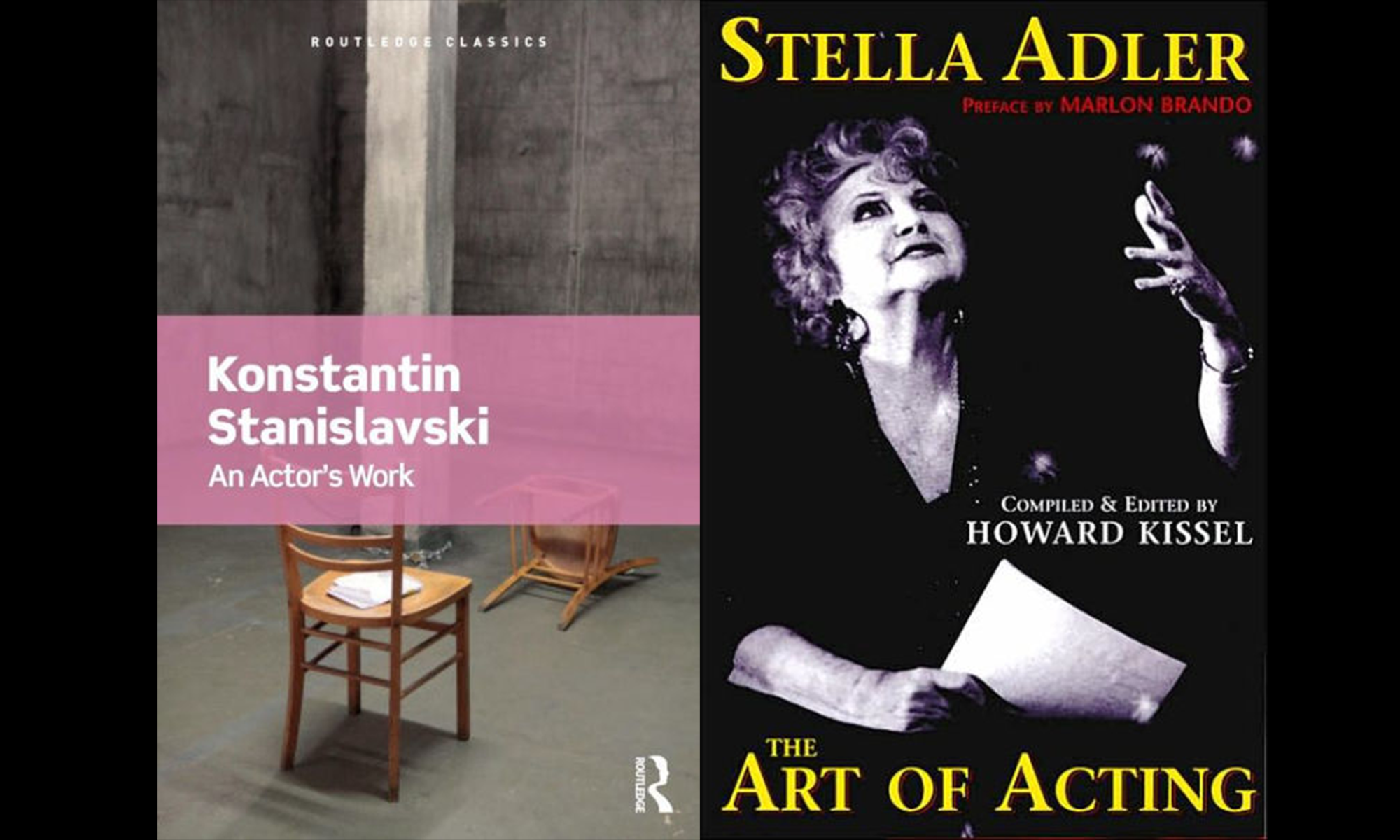

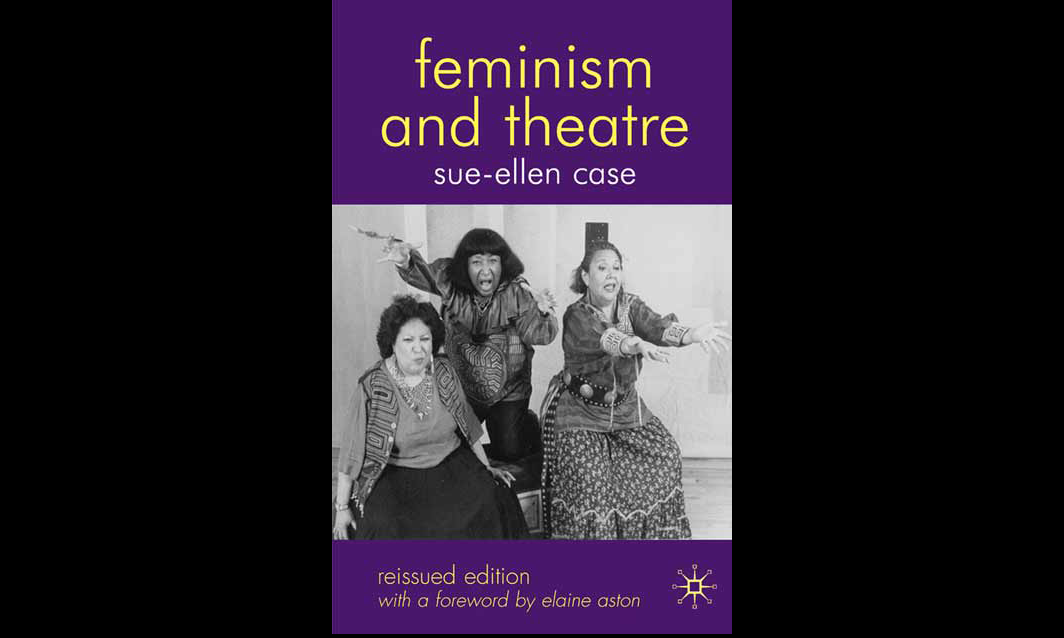
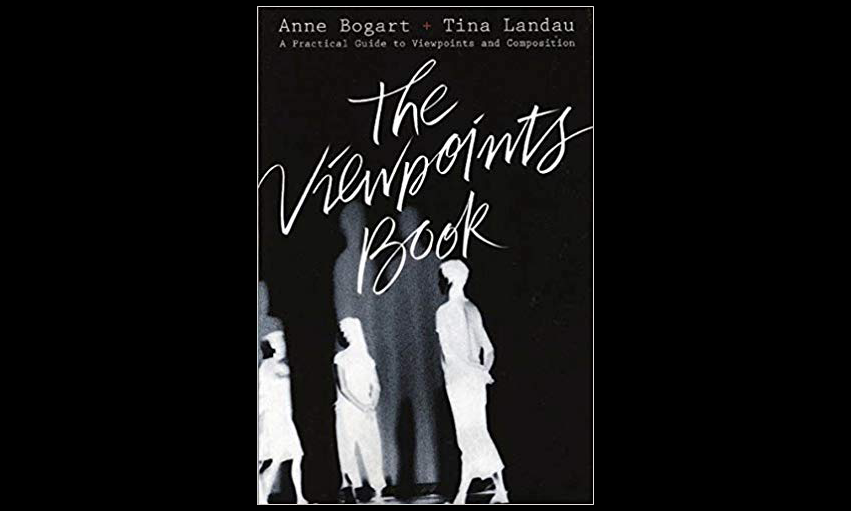

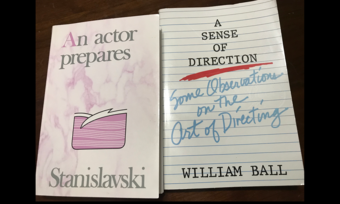





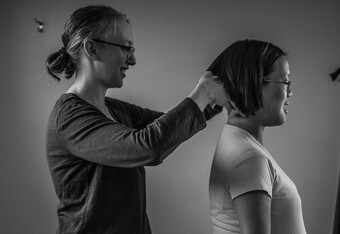

Comments
The article is just the start of the conversation—we want to know what you think about this subject, too! HowlRound is a space for knowledge-sharing, and we welcome spirited, thoughtful, and on-topic dialogue. Find our full comments policy here
Hi Holly. I am in awe of how you've put your finger on exactly what I've felt but could not explain throughout my undergraduate theatre program at NYU. Somehow, many, even "progressive," institutions of learning have still not gotten the memo that "breaking down" eager 18-21 year olds is harmful to both the individual and the art.
Thank you for writing this piece and for including some real solutions to the problems you've identified.
This article struck me deeply in terms of assessing how I direct. Whilst I'd like to think I don't exhibit the type of highly sexist behaviour mentioned in the piece, at the end of the day, I'm still a white male and that alone requires me to evaluate my assumptions and perspectives on how I approach directing.
I truly appreciate the insight and candour of Holly L. Derr's piece in reminding me the rehearsal room must be a safe environment for ALL actors.